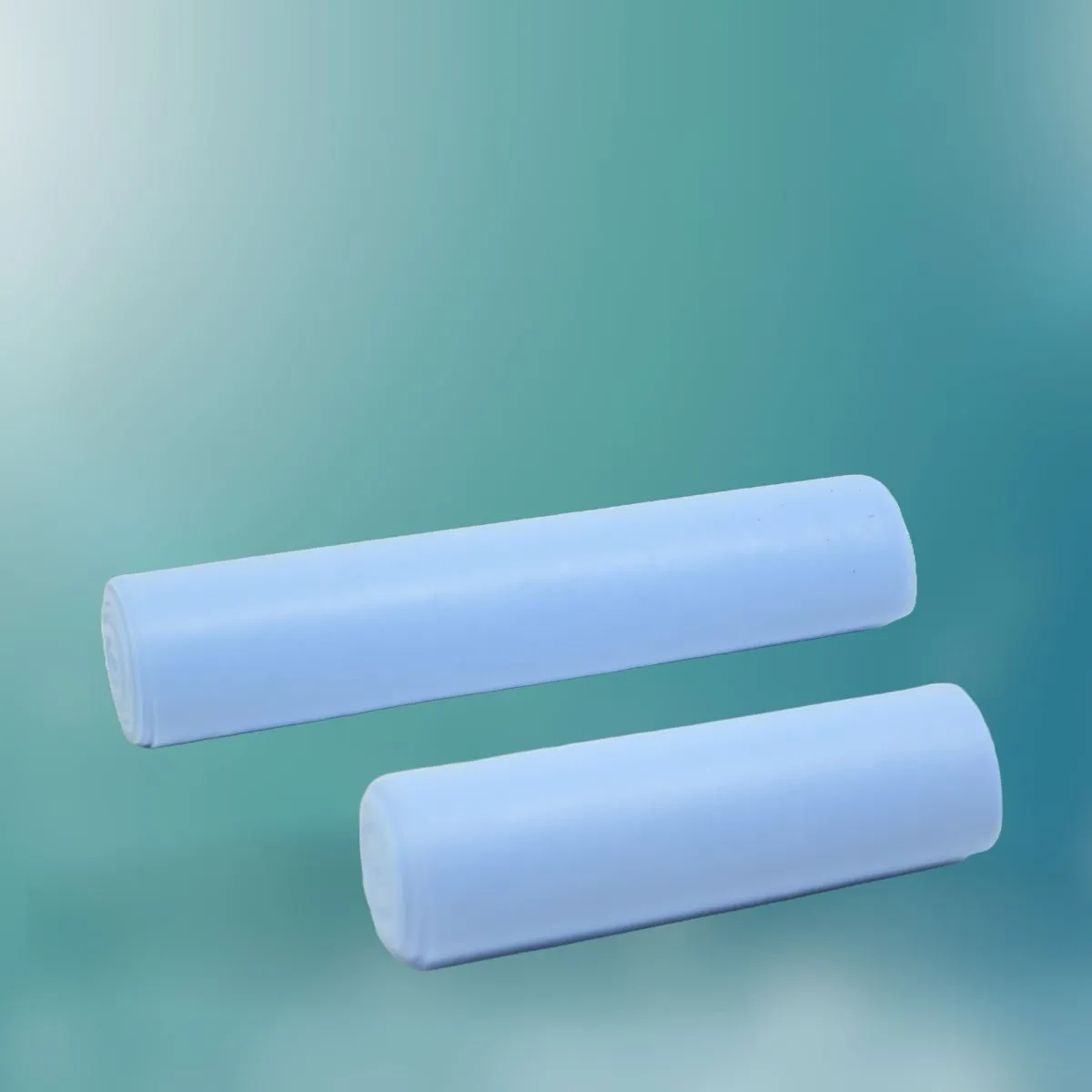ESHMARCH
Description
An Esmark bandage is a medical device used in orthopedic surgeries to assist in creating a bloodless field for procedures, particularly when a tourniquet is applied to control bleeding during limb surgeries. It is a rubber bandage that is wrapped around the limb, typically starting from the distal (far) end and working toward the proximal (near) end, effectively exsanguinating the limb—removing or pushing the blood out of the veins. This is often done before a tourniquet is applied to ensure minimal blood flow to the surgical site, making the procedure safer and more efficient.
Function and Mechanism:
The Esmark bandage works by applying controlled, sequential pressure along the limb, which forces blood to flow towards the body’s core. The bandage is usually wrapped around the limb tightly but not so tightly as to cause tissue damage. Once the limb has been exsanguinated, a tourniquet is applied at the top of the limb, usually near the thigh or upper arm, to maintain a bloodless surgical area. The Esmark bandage is then removed, and the tourniquet can prevent blood from flowing back into the limb.
Applications in Orthopedic Surgery:
-
Fracture Repairs: In orthopedic trauma surgery, such as the repair of fractures in the leg, arm, or other limbs, the Esmark bandage is often used to exsanguinate the limb before applying a tourniquet. This ensures that the surgeon can work in a bloodless field, reducing the risk of complications and improving visibility during the surgery.
-
Joint Replacement Surgery: For procedures like knee, hip, or shoulder replacements, the Esmark bandage can be used to exsanguinate the limb before applying a tourniquet, which helps reduce blood loss during the operation.
-
Soft Tissue Procedures: When orthopedic surgeons perform soft tissue procedures, such as tendon repair or removal of bone spurs, the Esmark bandage aids in controlling bleeding and providing a clear view of the surgical site, which is critical for precision.
-
Minimally Invasive Surgeries: For minimally invasive orthopedic surgeries, where small incisions are made, the Esmark bandage can assist in reducing the visibility of blood and creating a clearer field for surgeons to work in.
Benefits:
-
Improved Visibility: By exsanguinating the limb, the Esmark bandage creates a bloodless field, which is essential for performing precise surgical procedures, especially in areas where blood vessels are numerous and bleeding could obscure the surgeon's view.
-
Reduced Blood Loss: The combination of exsanguination and tourniquet application significantly reduces blood loss during surgery, which is particularly important in procedures involving large blood vessels or when performing complex surgeries on the limbs.
-
Increased Safety: By controlling bleeding effectively, the use of an Esmark bandage reduces the risk of complications like hematoma (blood collection), blood transfusions, and excessive blood loss, which can be life-threatening, particularly in larger orthopedic surgeries.
-
Faster Recovery: Minimizing blood loss during surgery can lead to less postoperative swelling and quicker recovery times, as reduced blood flow in the limb helps to minimize post-surgical complications.
Limitations and Considerations:
-
Risk of Tissue Damage: If the Esmark bandage is applied too tightly, or if it remains on for too long, there is a risk of causing tissue damage or nerve injury due to the pressure exerted on the limb.
-
Careful Monitoring: When using an Esmark bandage, careful attention must be paid to the pressure applied during exsanguination, and the bandage must be removed promptly before the tourniquet is inflated to avoid complications like compartment syndrome (a painful and serious condition where muscle pressure increases).
-
Skill and Experience: Proper technique is required to ensure that the Esmark bandage is applied correctly, ensuring that blood is removed efficiently from the limb without causing injury or discomfort to the patient.
Conclusion:
The Esmark bandage is an important tool in orthopedic surgery, especially for procedures where blood control is crucial, such as fracture repairs, joint replacements, and soft tissue surgeries. By exsanguinating the limb, it allows the surgeon to achieve a bloodless field, improving visibility and reducing blood loss during surgery. However, it requires skilled application and careful monitoring to avoid complications, making it a vital part of the orthopedic surgical toolkit for ensuring patient safety and optimizing surgical outcomes.


